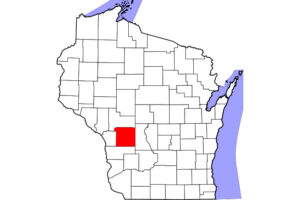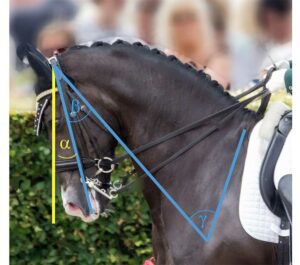Annotating the Equine Genome
- Topics: Article, Genetics, Other Veterinary Technologies
The Thoroughbred mare Twilight, whose DNA served as the basis for sequencing the horse genome, achieved world fame in 2009 when an international team of researchers published a paper in the journal Science analyzing her DNA. Determining the whole horse genome sequence was a major leap forward in equine genetics. Now, Matthew S. Hestand, a postdoctoral scholar at the University of Kentucky, is taking the next step and asking about the information the genome contains.
Hestand’s research focus is transcriptomics (RNA products of genes that provide templates for cells to synthesize proteins) based on next-generation sequencing of protein-coding RNA, under the supervision of James MacLeod, VMD, PhD, professor of veterinary science at the Gluck Equine Research Center. Hestand’s research has continued efforts in MacLeod’s lab to identify and characterize gene structures within the horse genome sequence, as well as look for differences in the genome that are found across different horses.
"To put it simply, you can think of the horse genome as a large toolbox full of tools and additional filler," Hestand said. "At first glance, the box is a mess of tools and other items, with the initial challenging step being to identify each individual tool, or gene in our case, from the pile. We found nearly 67,000 structures, some of which represent different structures for the same gene.
"Once we can separate out a tool, we can then look at its shape and begin to learn about its function," he continued. "There may be some genes that exist in multiple copies with small differences between them. These can be viewed as multiple screwdrivers that also have slight differences and hence slightly different performance such as a flathead versus a Phillips screwdriver, to remain in the toolbox analogy
Create a free account with TheHorse.com to view this content.
TheHorse.com is home to thousands of free articles about horse health care. In order to access some of our exclusive free content, you must be signed into TheHorse.com.
Start your free account today!
Already have an account?
and continue reading.
Written by:
University of Kentucky College of Agriculture, Food, and Environment
Related Articles
Stay on top of the most recent Horse Health news with



















